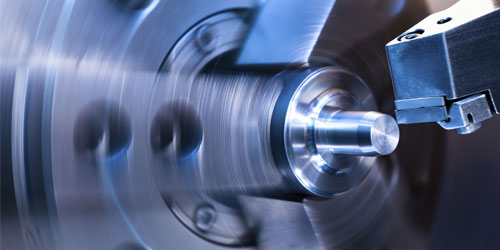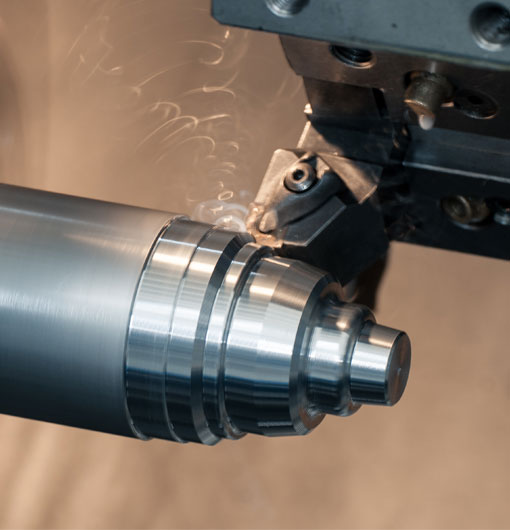CNC turning taper thread programming is a crucial aspect of operating computer numerical control (CNC) machines for the production of precision-engineered components. As a versatile and adaptable technology, CNC has made significant strides in improving the efficiency, accuracy and repeatability of taper thread manufacturing. In this blog post, we'll dive deep into the world of taper thread programming to provide tips and tricks for machinists.
Understanding Taper Threads and their Applications
Taper threads differ from straight threads in that they are slightly tapered, meaning their diameter increases as they progress along the length of the bolt or fitting. This allows for tighter, more secure connections as the male and female threads engage. Taper threads have a variety of applications, including:
Pipe fittings
Hydraulic systems
Pneumatic systems
Automotive components
An understanding of the specific application for your taper threaded components is essential, as it will help you select the appropriate thread standard, pitch and other specifications for successful CNC programming.
Taper Thread Standards and Terminology
There are several different taper thread standards used in industry, including NPT (National Pipe Taper), BSPT (British Standard Pipe Taper) and ISO (International Organization for Standardization) standards. Each of these standards has unique specifications and requirements, which must be carefully considered during CNC programming. Important taper thread terminologies machinists should know are:
TPI (Threads Per Inch) or thread pitch: The number of threads per inch or the distance between the individual threads.
Lead: The linear distance a screw thread advances in one full revolution.
Depth of cut: The distance between the major and minor diameters of the tapered thread.
Thread angle: The angle at which the threads converge in a taper thread.
Essential Tips for CNC Turning Taper Thread Programming
1. Choose the appropriate tool:Utilize a specialized threading insert or a combination (turning and threading) tool to ensure proper thread geometry and secure fit of the tapered threads.
2. The G-code programming process:G-code is the programming language used in CNC machines. For taper threads, consider the following codes:
G76: Used for threading, along with specifying the major/minor diameters, thread angle, and initial cutting depth.
G92: Another option for threading, it's less versatile than G76 but still useful for taper threading.
G33: Synchronization code for spindle and feed speed during threading.
3. Computing thread parameters:Establish accurate thread parameters, including:
The angle of the taper: Use trigonometry or CAD software to determine the precise angle, considering your specific thread standard.
The amount of material to be removed: Calculated by determining the difference between the major and minor diameters.
4. Machine set-up:Properly aligning the machine and workpiece is essential, including adjusting the tool orientation, setting up the tailstock, and positioning the steady rests.
5. The trial run:Conduct a trial run to ensure the CNC program performs as expected before cutting the actual workpiece. This includes confirming alignment, tool movement, and speed are optimal for the workpiece.
6. Automation with subprograms:Subprograms can be used for creating complex threads with non-standard geometries or incorporating repeated operations. They offer flexibility and save time by eliminating manual intervention during machining operations.
7. Use simulation software:Verify your CNC program's accuracy and avoid potential errors by running a simulated test using specialized software. This can help identify any flaws in the program before machining begins.
8. Monitor and maintain the machine:Regularly inspect and maintain the CNC machine, ensuring that all critical parts are in optimal working condition. This includes checking the spindle, linear guides, ballscrews, and tooling systems.
With these valuable tips in hand, any machinist can advance their skills in CNC turning taper thread programming. Familiarizing yourself with taper thread standards, carefully preparing the machine, and utilizing specialized software and subprograms are crucial for producing high-quality, precision-engineered threads. Doing so will not only benefit your company's production but also increase your reputation as a skilled machinist.
cnc turning taper thread programming













